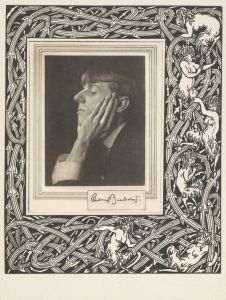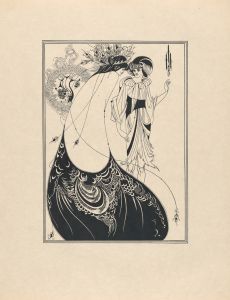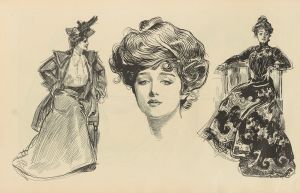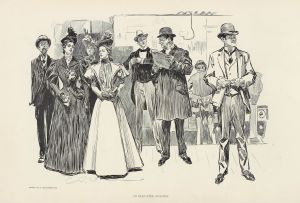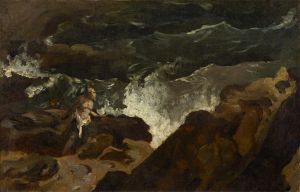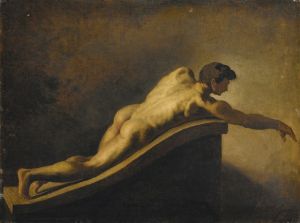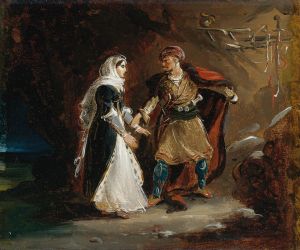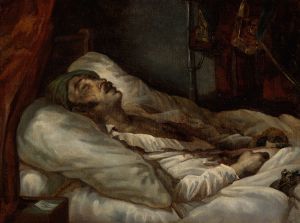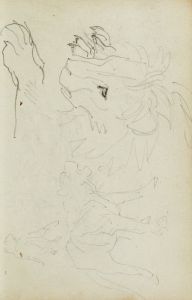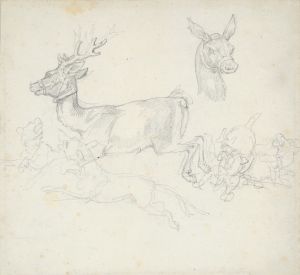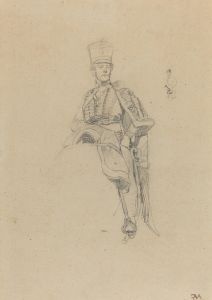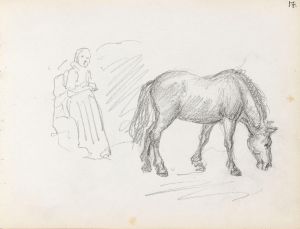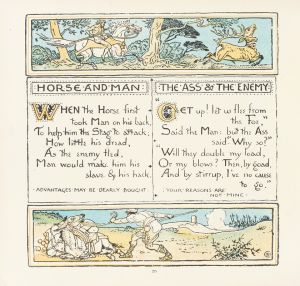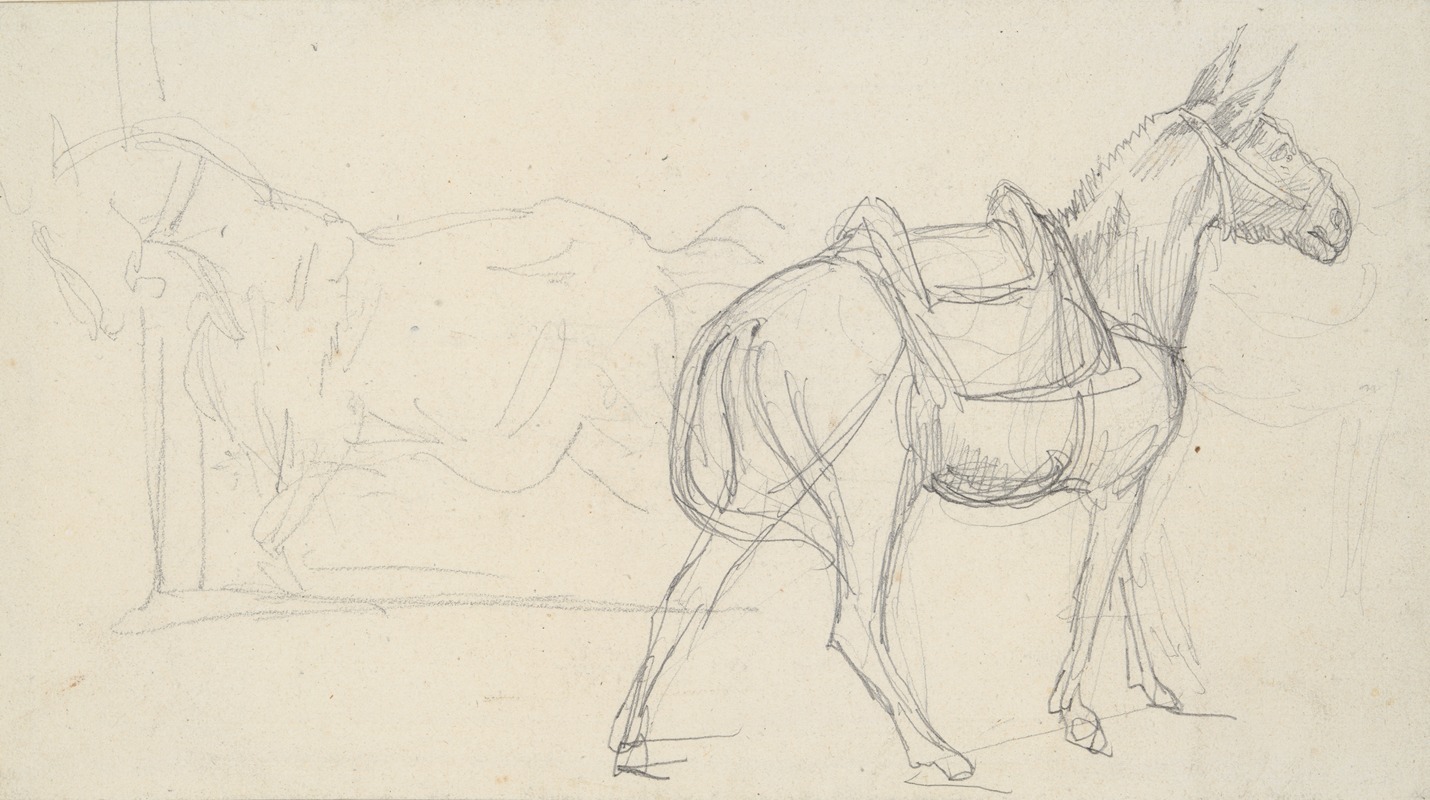
Sketch of a Horse
A hand-painted replica of Théodore Géricault’s masterpiece Sketch of a Horse, meticulously crafted by professional artists to capture the true essence of the original. Each piece is created with museum-quality canvas and rare mineral pigments, carefully painted by experienced artists with delicate brushstrokes and rich, layered colors to perfectly recreate the texture of the original artwork. Unlike machine-printed reproductions, this hand-painted version brings the painting to life, infused with the artist’s emotions and skill in every stroke. Whether for personal collection or home decoration, it instantly elevates the artistic atmosphere of any space.
Théodore Géricault (1791–1824) was a prominent French Romantic painter and lithographer, best known for his masterpiece The Raft of the Medusa. Among his lesser-known works is Sketch of a Horse, a study that reflects his deep fascination with equine subjects. Géricault had a lifelong interest in horses, which frequently appeared in his paintings, drawings, and sketches. This interest was likely influenced by his early training and the equestrian culture of his time.
Sketch of a Horse is a simple yet dynamic representation of a horse, executed with a focus on anatomical accuracy and movement. Géricault was known for his meticulous study of anatomy, and he often visited stables, racetracks, and veterinary schools to observe and sketch horses in various poses. This particular sketch demonstrates his ability to capture the essence of the animal with minimal lines and shading, showcasing his skill as a draftsman.
The work is believed to have been created as part of Géricault's preparatory studies for larger compositions or as an independent exploration of the subject. His equine studies were not only artistic exercises but also a reflection of the Romantic era's fascination with nature, vitality, and the untamed spirit. Horses, as symbols of power and freedom, were a recurring theme in Romantic art, and Géricault's depictions contributed to this tradition.
While the exact date and purpose of Sketch of a Horse are not definitively documented, it is consistent with Géricault's broader body of work, which often combined realism with emotional intensity. The sketch is typically rendered in pencil or charcoal, media that allowed Géricault to work quickly and capture the fluidity of his subjects. The simplicity of the piece highlights his ability to convey movement and form without relying on elaborate detail.
Today, Sketch of a Horse is appreciated as an example of Géricault's dedication to his craft and his deep understanding of his subjects. It is often studied alongside his other equine works, such as The Epsom Derby and various lithographs of horses, to gain insight into his artistic process and thematic interests. The sketch is housed in a private collection or museum, though its exact location may vary depending on exhibitions and loans.
This work remains a testament to Géricault's skill as an artist and his enduring legacy in the history of Romantic art.





